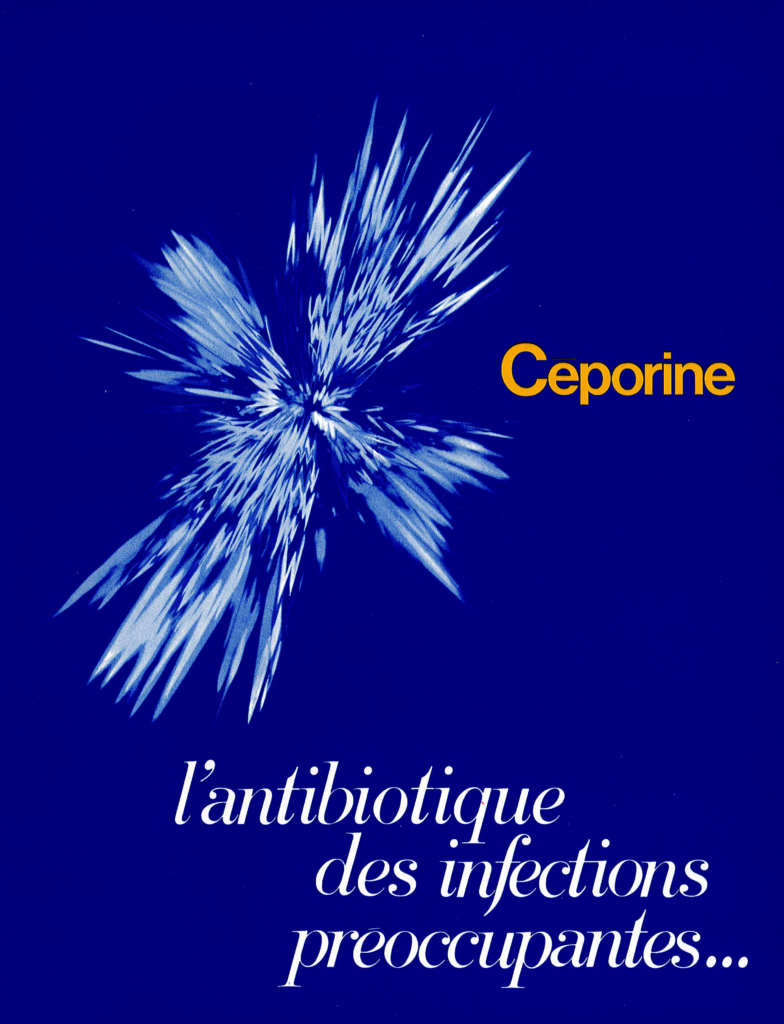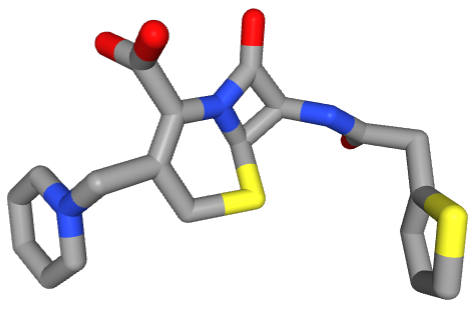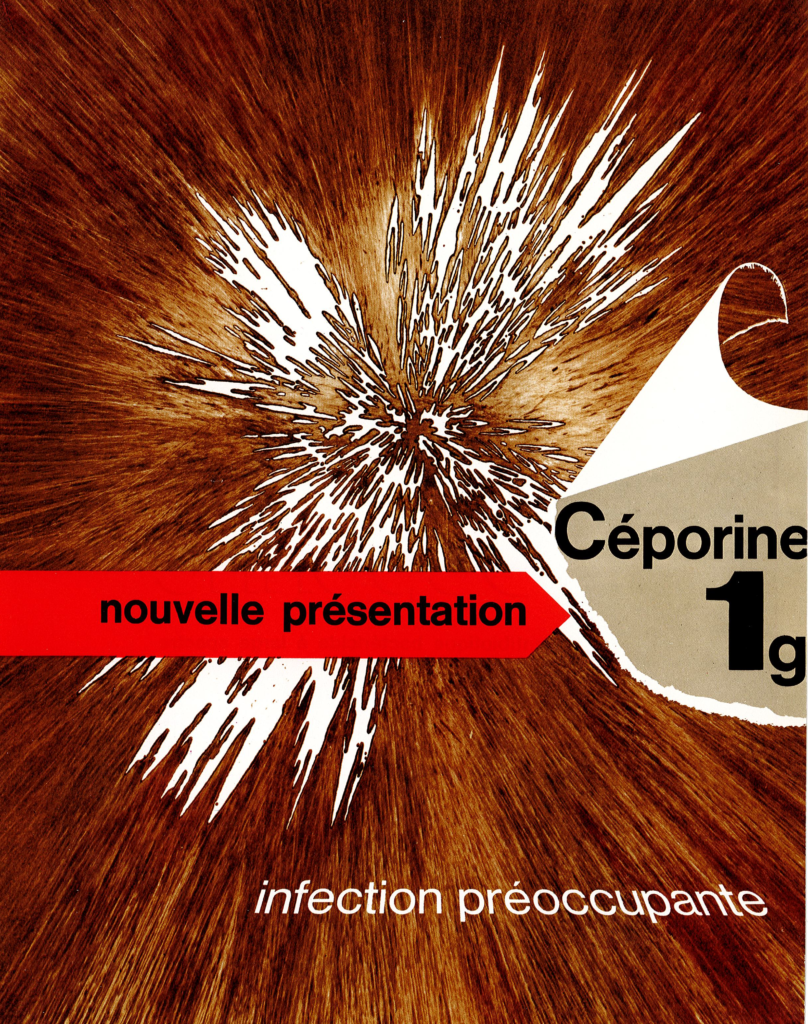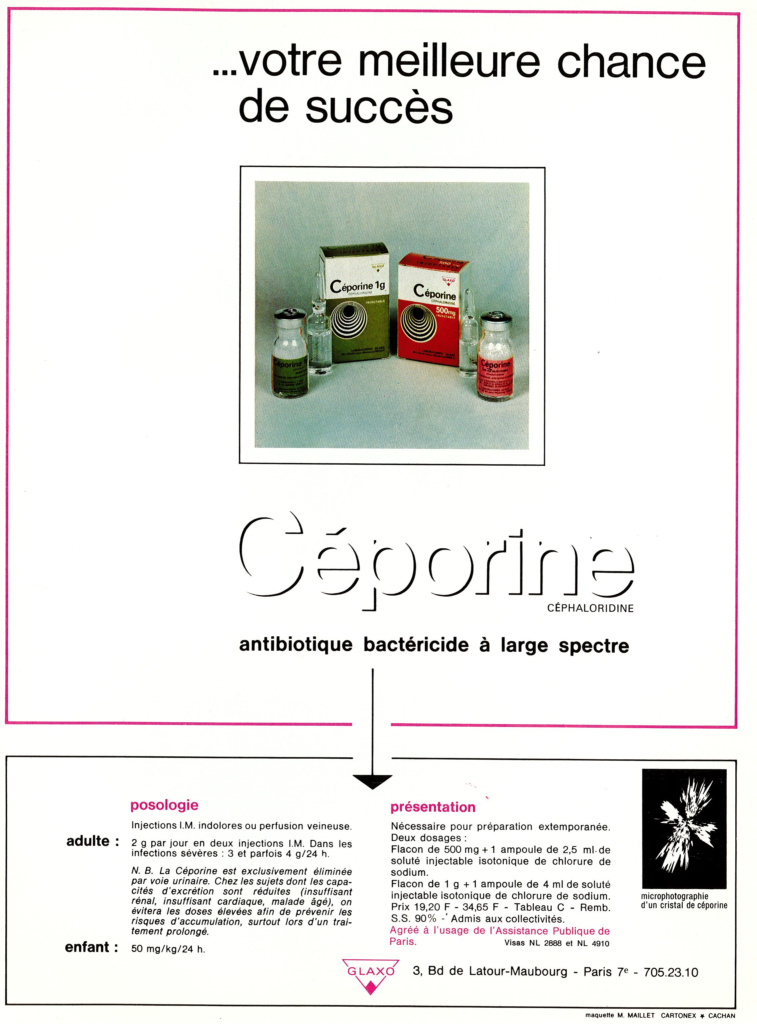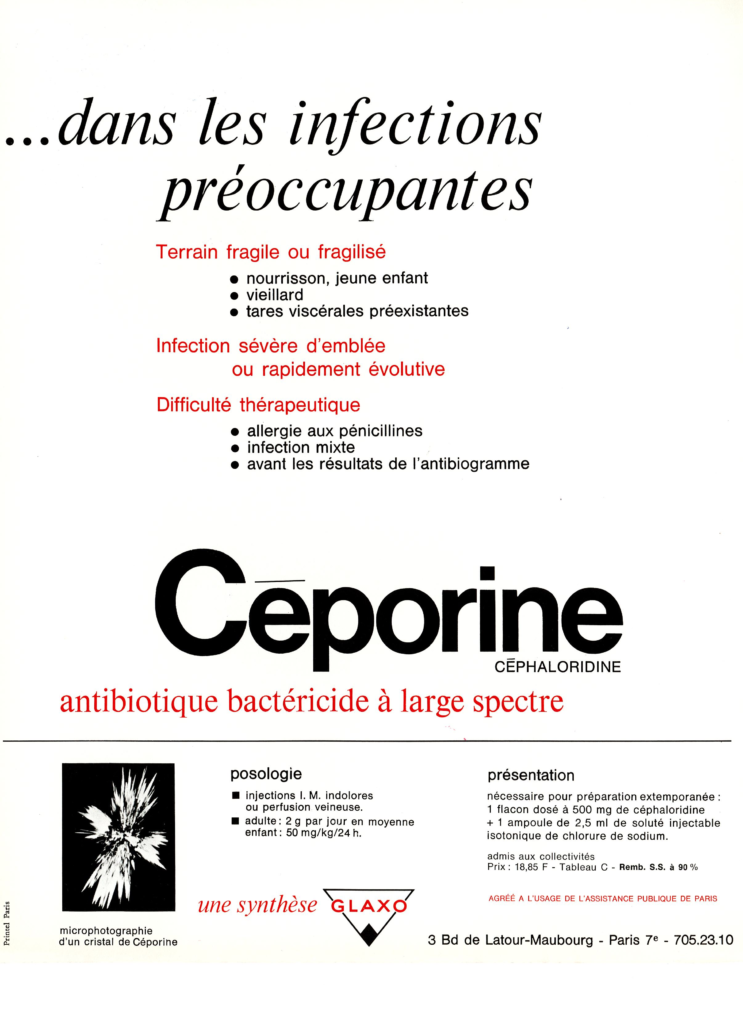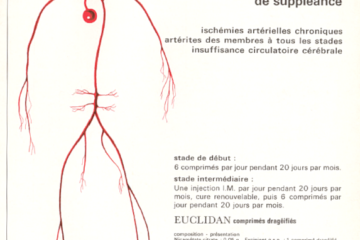The antibiotic cephaloridine, the active principle of Ceporine®, is a first-generation semisynthetic derivative of the natural product cephalosporin C which is produced by a fungi, Acremonium chrysogenum. Cephalosporins constitute the most widely prescribed class of antibiotics, used to treat diseases caused by bacteria. Cephaloridine showed a remarkable activity against gram-positive bacteria, such as Streptococcus faecalis, and a good activity against gram-negative aerobic bacteria, such as Escherichia coli.
The drug was very effective to cure pneumococcal pneumonia, and it was used also as a prophylactic treatment to prevent postoperative wound infections, notably in cases of appendicitis. But at a high dose, it has been observed that the drug can damage the renal system, causing acute proximal tubular necrosis. This nephrotoxicity results in part from an oxidative stress induced by the drug locally. Nevertheless, the cytotoxicity of cephaloridine can be completely prevented by the concomitant use of inhibitors of organic anion transport, like probenecid.
Unfortunately, cephaloridine was poorly absorbed after oral administration. The drug Céporine was administered intravenously or intramuscularly. For this reason, the use of this drug declined rapidly, since the second generation of cephalosporins was introduced in the mid-1970s (and today the third generation cephalosporins, like ceftazidime).
